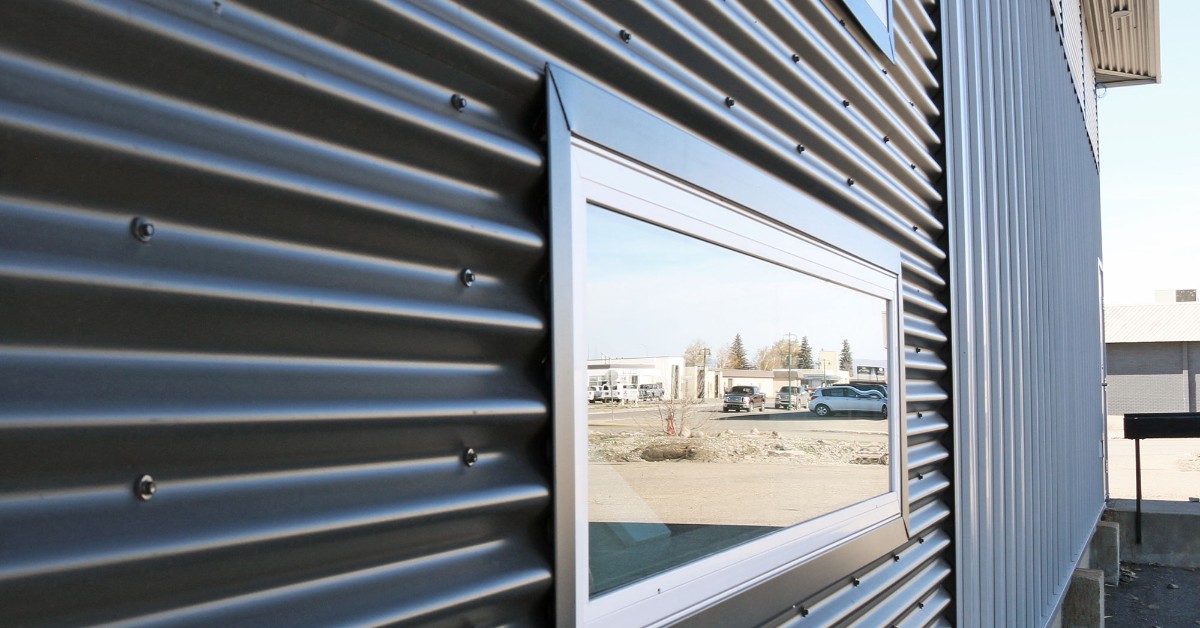

Articles
How Long Does Metal Siding Last
Modified: December 7, 2023
Discover how long metal siding can last and explore helpful articles on maintenance and longevity to ensure your investment stands the test of time.
(Many of the links in this article redirect to a specific reviewed product. Your purchase of these products through affiliate links helps to generate commission for Storables.com, at no extra cost. Learn more)
Introduction
Metal siding is a popular choice for many homeowners due to its durability and aesthetic appeal. Whether you’re considering metal siding for a new construction project or thinking of replacing your current exterior, it’s important to understand how long metal siding can last and the factors that affect its lifespan.
In this article, we will explore the various factors that influence the longevity of metal siding, the typical lifespan of different types of metal siding, signs of deterioration to look out for, maintenance tips to extend its lifespan, and when it might be time to consider replacing your metal siding.
Metal siding is known for its ability to withstand the elements and provide reliable protection for your home. However, like any other material, metal siding will eventually show signs of wear and tear over time. Understanding the factors that contribute to its lifespan will help you make informed decisions when it comes to selecting and maintaining your metal siding.
One of the primary factors that affect the lifespan of metal siding is the type of metal used. Common options include aluminum, steel, and zinc. Each metal has its own unique characteristics and durability levels. Additionally, the thickness and quality of the metal will also impact its longevity. Thicker gauge metals are typically more durable and can withstand harsh weather conditions better than thinner gauges.
Another important consideration is the climate in which your home is located. Extreme temperatures, high humidity, saltwater exposure, and frequent storms can all contribute to accelerated wear and tear on your metal siding. Homes in coastal areas or regions with harsh weather patterns may require more frequent maintenance and inspection to ensure the siding remains in good condition.
Proper installation plays a crucial role in the longevity of metal siding. It is essential to hire experienced professionals who have expertise in working with metal siding to ensure it is installed correctly. Improper installation can lead to gaps, loose panels, and water infiltration, which can significantly reduce the lifespan of the siding.
Regular maintenance is key to prolonging the lifespan of metal siding. This includes routine cleaning to remove dirt, debris, and potential contaminants that can cause corrosion or discoloration. Inspecting the siding for any signs of damage, such as dents, scratches, or loose panels, is also important. These issues should be addressed promptly to prevent further deterioration.
In the next sections, we will examine the typical lifespan of different types of metal siding, signs of deterioration to look out for, maintenance tips to extend its lifespan, and when it might be time to consider replacing your metal siding. Understanding these factors will help you make informed decisions and ensure the longevity of your metal siding investment.
Key Takeaways:
- Metal siding lifespan is influenced by material quality, climate, and maintenance. Regular cleaning, addressing damage, and professional inspections can extend its longevity and preserve home aesthetics.
- Signs of metal siding deterioration include rust, fading, dents, and water damage. Prompt action, proper drainage, and avoiding harsh chemicals can help maintain its integrity.
Read more: How Long Does Metal Roof Last
Factors Affecting the Lifespan of Metal Siding
Several factors can impact the lifespan of metal siding, influencing how long it will last before it needs to be replaced. By understanding these factors, homeowners can make informed decisions when choosing metal siding and take proactive measures to extend its lifespan. Let’s explore some of the key factors that can affect the longevity of metal siding:
1. Material Quality: The quality of the metal used in the siding plays a vital role in its lifespan. High-quality materials, such as galvanized steel or aluminum alloys, are typically more durable and resistant to corrosion. Investing in superior-quality metal siding can significantly increase its lifespan.
2. Coatings and Finishes: Metal siding often comes with protective coatings or finishes that help shield it from environmental elements. Common options include paint finishes, powder coatings, or galvanized coatings. These coatings provide added resistance to UV rays, moisture, and abrasion, prolonging the lifespan of the siding.
3. Climate and Weather Conditions: The climate in which your home is located can have a significant impact on the longevity of metal siding. Extreme temperatures, high humidity, heavy rainfall, saltwater exposure, and frequent storms can accelerate the deterioration of the siding. Homes in regions with harsh weather patterns might require more robust and corrosion-resistant metal siding options.
4. Maintenance and Cleaning: Regular maintenance and cleaning are essential to preserve the lifespan of metal siding. Dirt, debris, and pollutants can accumulate on the surface, leading to corrosion or discoloration. Routine cleaning and inspection allow homeowners to identify and address any issues promptly, preventing further damage.
5. Installation Quality: Proper installation is crucial for the long-term performance of metal siding. Hiring experienced professionals who specialize in metal siding installation ensures that it is done correctly. Improper installation can result in gaps, loose panels, or inadequate ventilation, which can contribute to water infiltration, corrosion, and reduced lifespan.
6. Impact and Dent Resistance: Metal siding that is resistant to impacts and dents will have a longer lifespan. High-quality metal panels with superior strength and durability can withstand accidental impacts, such as hail or debris, without sustaining significant damage.
7. Ventilation and Moisture Control: Adequate ventilation and moisture control are essential for metal siding’s longevity. Properly designed ventilation systems prevent moisture buildup inside the walls, which can lead to corrosion and other moisture-related issues. Ensuring that the siding is installed with proper flashing and waterproofing measures can help mitigate moisture-related problems.
By considering these factors, homeowners can choose metal siding options that are well-suited to their specific climate and maintenance capabilities. Regular maintenance, such as cleaning, inspection, and addressing any issues promptly, will help extend the lifespan of metal siding. Additionally, ensuring proper installation and adequate ventilation will further enhance its durability and longevity. Being proactive in caring for metal siding can save homeowners from premature replacements and help them enjoy its benefits for many years to come.
Typical Lifespan of Different Types of Metal Siding
The lifespan of metal siding can vary depending on the type of metal used and its specific characteristics. While metal is known for its durability, it’s important to understand the expected lifespan of different types of metal siding options. Let’s take a closer look at the typical lifespan of some commonly used metal siding materials:
1. Aluminum Siding: Aluminum siding is a popular choice due to its lightweight nature and resistance to corrosion. On average, aluminum siding can last anywhere from 20 to 40 years. However, the lifespan can be influenced by factors such as climate, maintenance, and the quality of the aluminum used. Regular cleaning and inspection can help prolong the lifespan of aluminum siding.
2. Steel Siding: Steel siding is known for its strength and durability. It is commonly used in commercial applications and can also be a great option for residential properties. With proper maintenance and protection against rust and corrosion, steel siding can last between 30 to 50 years. Again, the actual lifespan can vary based on factors such as climate and maintenance practices.
3. Galvanized Steel Siding: Galvanized steel siding is steel that has been coated with a layer of zinc to provide added protection against rust and corrosion. This type of siding can have a longer lifespan compared to regular steel siding. With proper maintenance, galvanized steel siding can last up to 50 years or more.
4. Zinc Siding: Zinc siding is known for its natural resistance to corrosion and its ability to develop a beautiful patina over time. It is often used in architectural applications. Zinc siding has a lifespan of approximately 50 to 100 years, depending on the specific grade and thickness of the material. Regular maintenance, such as cleaning and inspection, will help maintain its longevity.
It’s important to note that these are general estimations for the lifespan of different types of metal siding. The actual lifespan can be influenced by various factors, such as climate, maintenance practices, and the quality of the materials used. Additionally, proper installation is crucial to ensure the longevity of metal siding, regardless of the type of metal used.
Regular maintenance, including cleaning, inspection, and addressing any issues promptly, will help extend the lifespan of metal siding. Following manufacturer guidelines and utilizing recommended coatings or finishes can also contribute to its longevity. By understanding the typical lifespan of different types of metal siding and taking proactive measures, homeowners can make informed decisions and enjoy the durability and beauty of metal siding for many years.
Signs of Deterioration in Metal Siding
While metal siding is known for its durability, it is not immune to wear and tear. Over time, metal siding can show signs of deterioration due to various factors such as weather exposure, age, and lack of maintenance. It’s important for homeowners to be able to recognize these signs in order to take appropriate actions and prevent further damage. Here are some common signs of deterioration to look out for in metal siding:
1. Rust and Corrosion: One of the most obvious signs of deterioration in metal siding is the presence of rust or corrosion. Rust appears as reddish-brown spots or stains on the surface of the siding. Corrosion can weaken the metal and compromise its structural integrity. Regularly inspect your metal siding for any signs of rust, especially in areas prone to moisture, such as near gutters or downspouts.
2. Fading or Discoloration: Over time, metal siding can start to fade or develop discolored patches. This can be caused by exposure to UV rays, weather conditions, or inadequate protective coatings. Faded or discolored sections may indicate a loss of the siding’s protective layer and can be a sign that it needs attention or may need to be replaced.
3. Dents and Scratches: Metal siding that has experienced impact from hail, debris, or other objects may have visible dents or scratches on its surface. While small dents may not impact the overall functionality of the siding, larger and deeper dents can weaken the structure and allow moisture to penetrate, leading to corrosion. Regularly inspect your metal siding for any signs of dents or scratches.
4. Loose or Missing Panels: As metal siding ages, panels can become loose or even go missing altogether. This can happen due to inadequate installation, expansion and contraction of the metal, or severe weather events. Loose or missing panels can expose the underlying structure to moisture, pests, and other elements, making it important to address and repair any gaps or openings in the siding.
5. Peeling or Chipping Paint: If your metal siding has a painted finish, peeling or chipping paint can be an indication of deterioration. This can occur due to age, insufficient surface preparation before painting, or exposure to harsh weather conditions. Peeling or chipped paint can leave the metal exposed and vulnerable to rust and corrosion.
6. Leaks or Water Damage: If you notice water stains or signs of moisture inside your home near the metal siding, it could be a sign of leaks or water damage. This can occur when the metal siding has not been properly installed or when there are gaps or cracks allowing water to penetrate. It’s important to address any water-related issues promptly to prevent further damage to the siding and the underlying structure.
Regular inspections of your metal siding can help you identify these signs of deterioration early on and take necessary actions to prevent further damage. If you notice any of these signs, it’s recommended to consult with a professional contractor or siding expert to assess the extent of the deterioration and determine the best course of action, whether it’s repair or replacement. Taking proactive measures can help prolong the lifespan of your metal siding and maintain the integrity and aesthetics of your home’s exterior.
Metal siding can last anywhere from 40 to 60 years with proper maintenance and care. Regular cleaning and inspections can help extend its lifespan. Keep an eye out for any signs of corrosion or damage and address them promptly.
Maintenance Tips to Prolong the Lifespan of Metal Siding
Proper maintenance is essential in preserving the lifespan and appearance of metal siding. By implementing regular maintenance practices, homeowners can prevent common issues such as corrosion, fading, and structural damage. Here are some important tips to help prolong the lifespan of your metal siding:
1. Regular Cleaning: Regularly cleaning your metal siding is crucial in preventing the buildup of dirt, grime, and pollutants that can contribute to deterioration. Use a soft-bristle brush or a non-abrasive cloth along with a mild detergent or a solution of water and vinegar to gently scrub the siding. Rinse thoroughly with clean water to remove any residue.
2. Inspect for Damage: Conduct routine inspections of your metal siding to identify any signs of damage, including dents, scratches, loose panels, or gaps. Addressing these issues promptly can prevent further deterioration and potential water infiltration. If you notice any major damage, such as large dents or missing panels, consult with a professional to repair or replace the affected areas.
3. Address Rust and Corrosion: If you observe any signs of rust or corrosion on your metal siding, it’s important to take immediate action. Use a wire brush to remove the rust and apply a rust-neutralizing primer to prevent further corrosion. Once the primer has dried, touch up the area with matching paint to restore the appearance and protect the metal from future damage.
4. Maintain Proper Drainage: Ensure that gutters and downspouts are clear from debris and are functioning properly. Proper drainage prevents water from pooling and seeping behind the siding, which can lead to moisture-related issues and structural damage. Regularly inspect and clean your gutters to prevent water buildup.
5. Trim Overhanging Trees: Trim any branches or vegetation that are in close proximity to your metal siding. Overhanging trees can cause scratches, dents, and moisture buildup on the siding. Additionally, branches rubbing against the siding during windy conditions can cause damage over time. Keeping branches trimmed away from the siding helps maintain its integrity and appearance.
6. Avoid Harsh Chemicals: When cleaning your metal siding, avoid using harsh chemicals or abrasive cleaners. These can damage the protective coating or finish of the siding. Stick to mild soaps, detergents, or specialized metal siding cleaners recommended by the manufacturer. Always test any cleaning solution in an inconspicuous area before applying it to the entire siding.
7. Protect Against Fading: If your metal siding has a painted finish, protect it from fading due to UV exposure by applying a UV-resistant clear coat. This additional layer of protection can help maintain the color and appearance of your metal siding for longer periods.
8. Professional Inspection: Consider scheduling regular inspections with a professional contractor experienced in metal siding. They can identify any potential issues or areas of concern that may require specialized attention. A professional inspection can help catch problems early on and prevent costly repairs down the line.
By following these maintenance tips, you can prolong the lifespan of your metal siding, enhance its appearance, and ensure its long-term performance. Regular cleaning, inspections, and prompt repairs will help protect against corrosion, extend the durability of your metal siding, and maintain the overall beauty and value of your home.
Read more: How Long Does Siding On A House Last
When to Replace Metal Siding
While metal siding is known for its durability and longevity, there may come a time when it needs to be replaced. Recognizing the signs that indicate it’s time for replacement is crucial to maintain the integrity of your home’s exterior. Here are some factors to consider when determining if it’s time to replace your metal siding:
1. Extensive Damage: If your metal siding has extensive damage such as significant rust, corrosion, or severe dents, it may be more cost-effective to replace it rather than attempting repairs. In cases where the damage is widespread and compromising the structural integrity, replacing the siding ensures the long-term stability and aesthetic appeal of your home.
2. Frequent Repairs: If you find yourself constantly repairing small areas of your metal siding, it might be an indication that the overall condition of the siding is deteriorating. Continuous repairs can become time-consuming and costly, making replacement a more practical and efficient solution.
3. Excessive Fading or Discoloration: Over time, metal siding can fade or develop discolored patches, especially if it’s exposed to prolonged sunlight or harsh weather conditions. If the fading and discoloration are significant and affect the overall appearance of your home, replacing the siding can give your home a fresh and updated look.
4. Structural Issues: If your metal siding is showing signs of structural issues such as warping, buckling, or sagging, it may be a sign of underlying problems. These issues can compromise the foundation of your siding and potentially lead to water infiltration and further damage. In such cases, replacing the siding is necessary to address the underlying structural concerns.
5. Outdated or Incompatible Style: If your metal siding is outdated or no longer complements the overall style of your home, it might be time for a replacement to improve curb appeal and enhance the aesthetic value of your property. Upgrading to a more modern and visually appealing metal siding option can give your home a fresh and updated look.
6. Energy Efficiency Upgrades: If you’re looking to improve the energy efficiency of your home, replacing your existing metal siding with newer, more energy-efficient options can provide additional insulation and reduce heat loss. Upgrading to insulated metal siding or adding a layer of insulation during replacement can help lower your energy bills and enhance the comfort of your home.
7. Personal Preference: Ultimately, the decision to replace metal siding can also be driven by personal preference. If you’re simply not satisfied with the current style or appearance of your metal siding, replacing it with a different design or color can help you achieve the look you desire and make your home more appealing to you.
When considering replacing your metal siding, it’s important to consult with professionals who specialize in siding installation. They can assess the condition of your current siding, provide expert advice on suitable replacement options, and ensure that the installation is done properly.
By recognizing the signs of when to replace metal siding, you can make informed decisions to maintain the integrity and aesthetic appeal of your home. Whether it’s due to extensive damage, frequent repairs, or the desire for an updated look, replacing your metal siding can enhance the overall value and charm of your property.
Conclusion
Metal siding is a durable and visually appealing option for homeowners looking to protect and enhance the exterior of their homes. However, understanding the factors that affect its lifespan and recognizing signs of deterioration is essential to ensure its longevity and maintain its aesthetics.
Factors such as material quality, climate, maintenance practices, and proper installation play a significant role in determining the lifespan of metal siding. Different types of metal siding, such as aluminum, steel, galvanized steel, and zinc, have varying lifespans. Regular maintenance, including cleaning, inspection, and addressing any issues promptly, can help prolong the life of metal siding.
Signs of deterioration in metal siding, such as rust, fading, dents, loose panels, and water damage, should not be ignored. By addressing these issues early on, homeowners can prevent further damage and extend the lifespan of their metal siding.
Following maintenance tips, such as regular cleaning, proper drainage, and protecting against fading, will help keep metal siding in optimal condition. Additionally, considering replacement when extensive damage, frequent repairs, or outdated styles are present can enhance the appearance and value of your home.
In conclusion, metal siding is a durable and attractive choice for homeowners looking for long-lasting protection and visual appeal. Understanding the lifespan of different types of metal siding and implementing proper maintenance practices will help ensure the continued beauty and performance of your home’s exterior. By staying proactive and addressing any issues promptly, homeowners can enjoy the benefits of metal siding for many years to come.
Frequently Asked Questions about How Long Does Metal Siding Last
Was this page helpful?
At Storables.com, we guarantee accurate and reliable information. Our content, validated by Expert Board Contributors, is crafted following stringent Editorial Policies. We're committed to providing you with well-researched, expert-backed insights for all your informational needs.
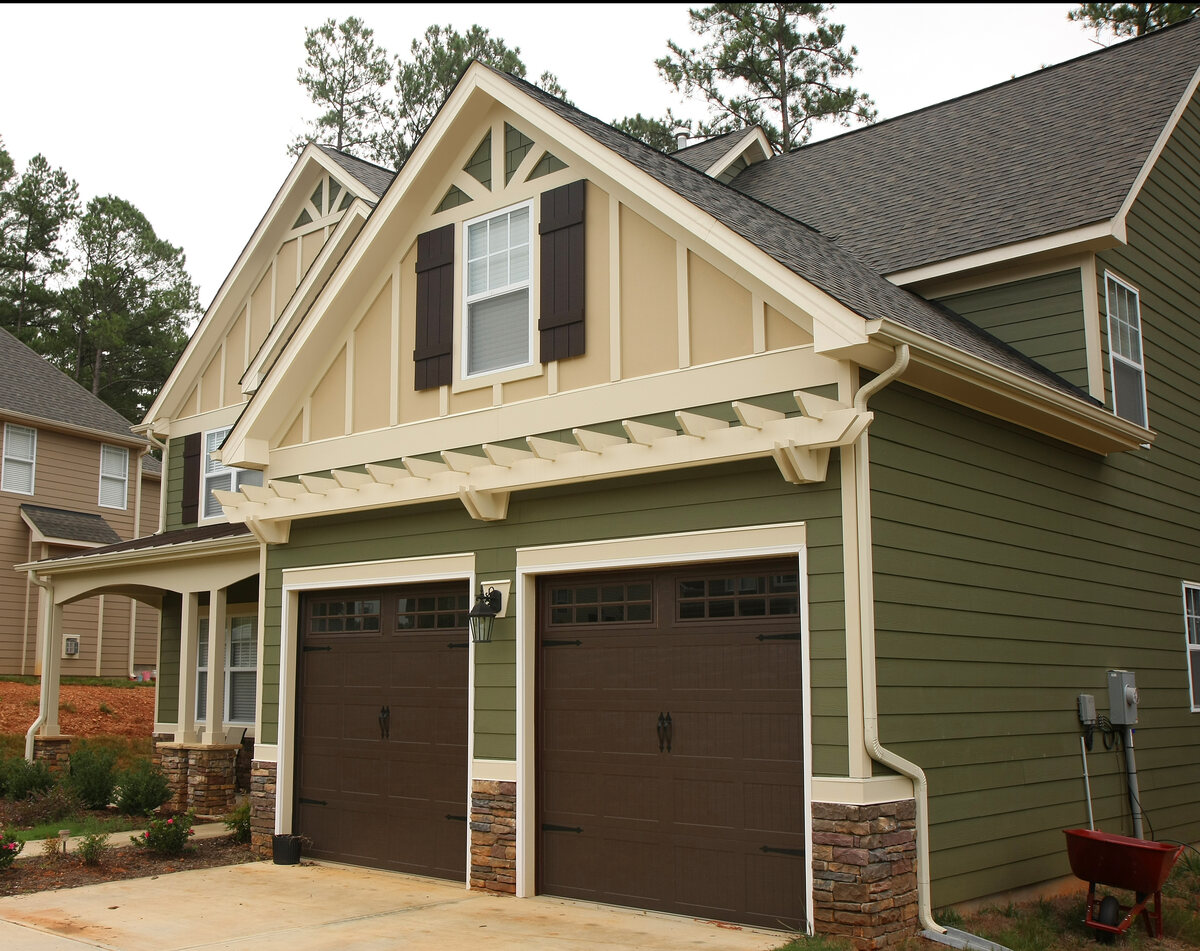

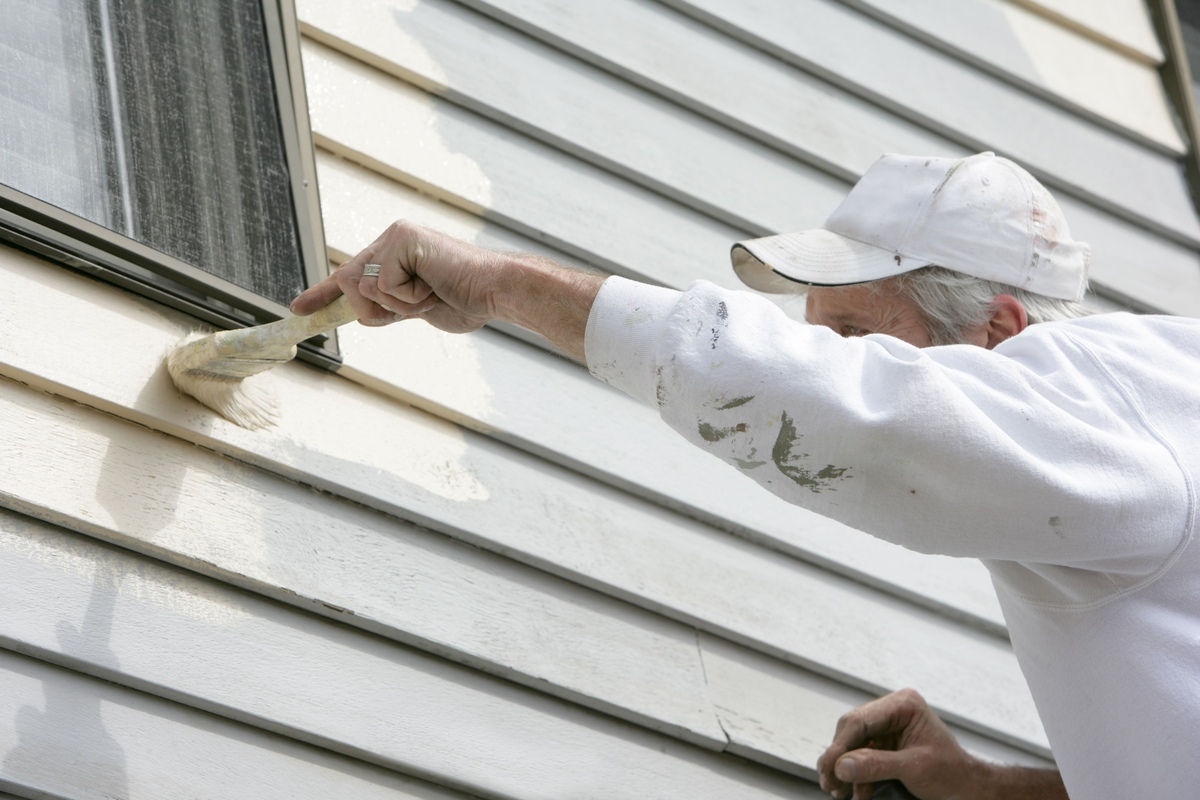
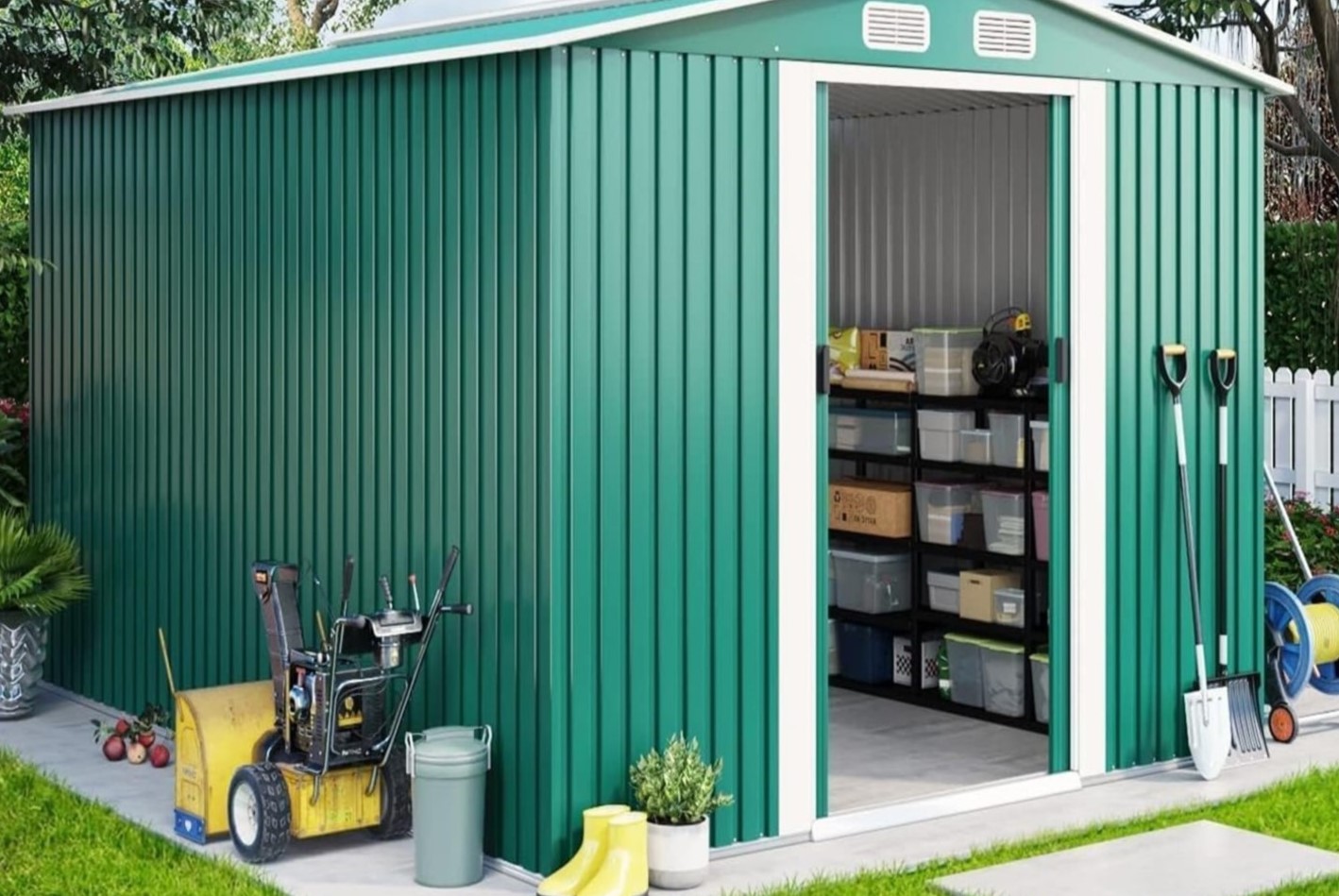

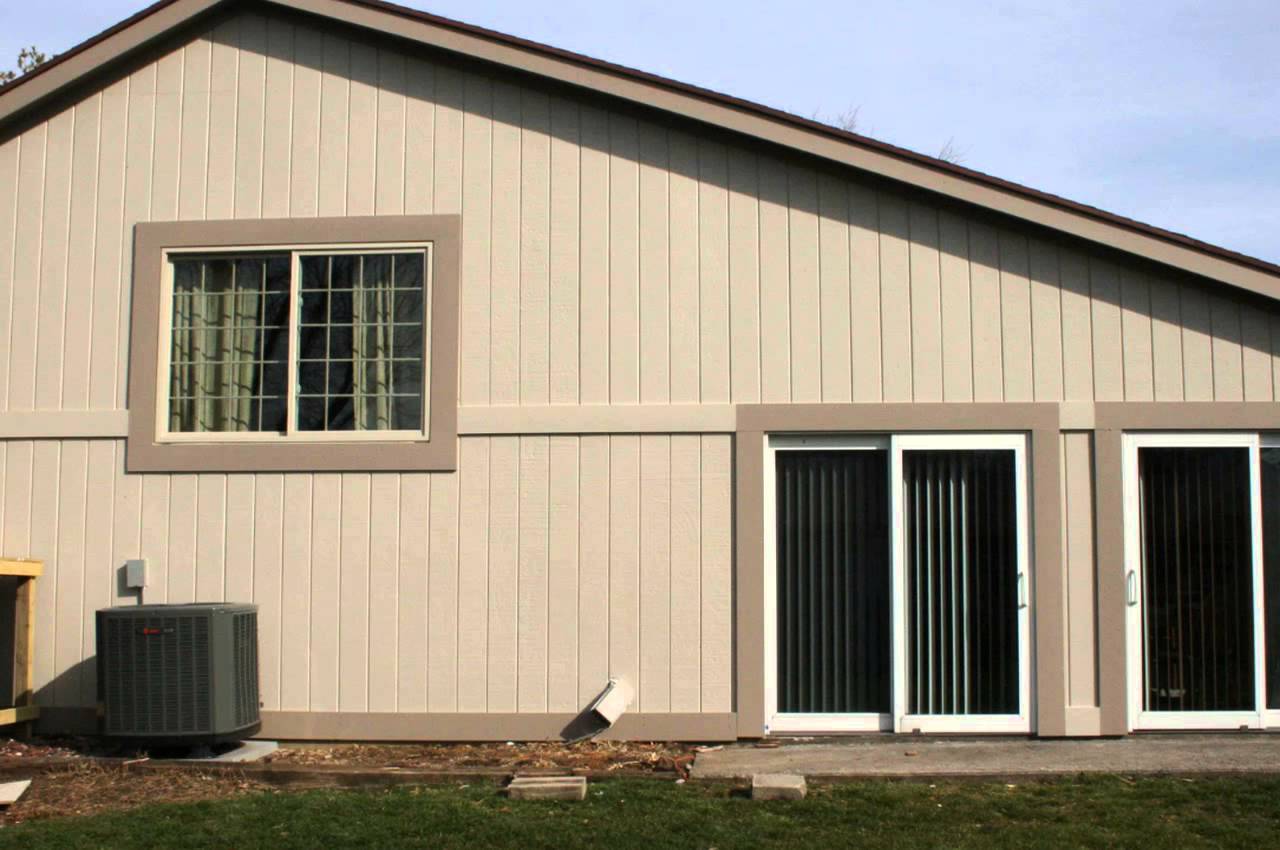
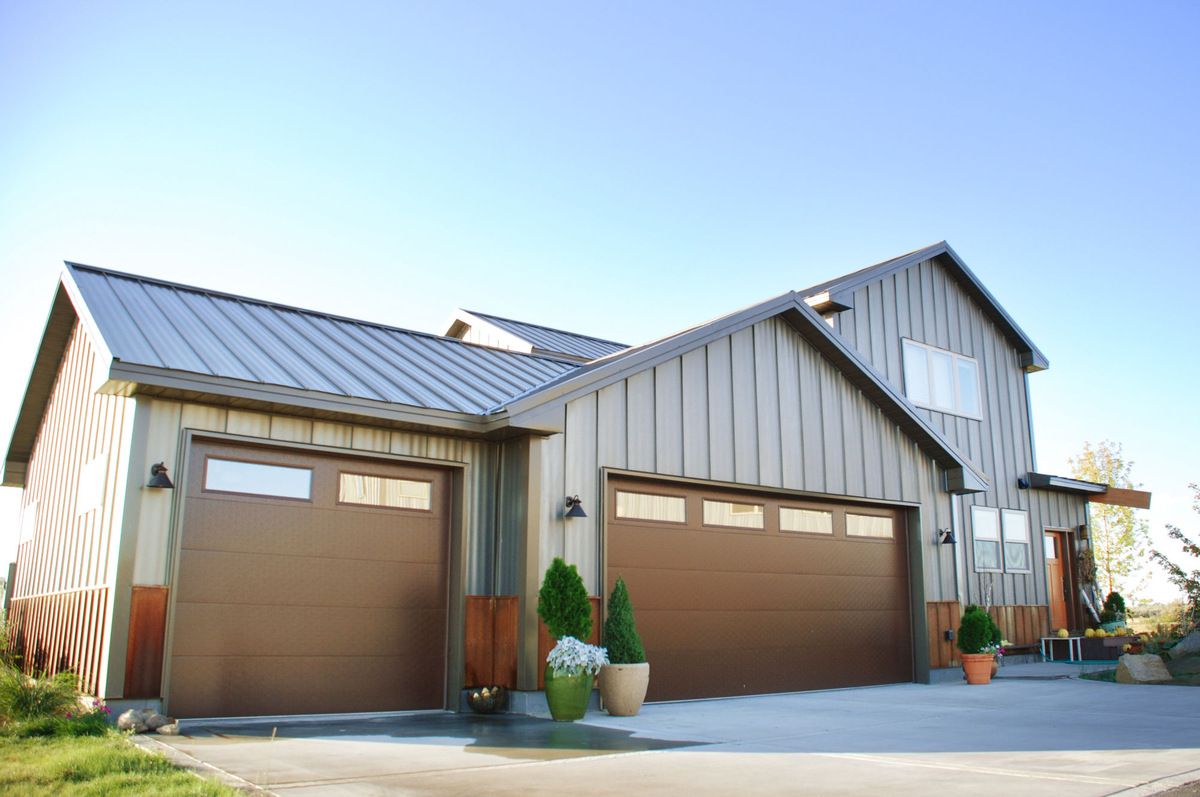
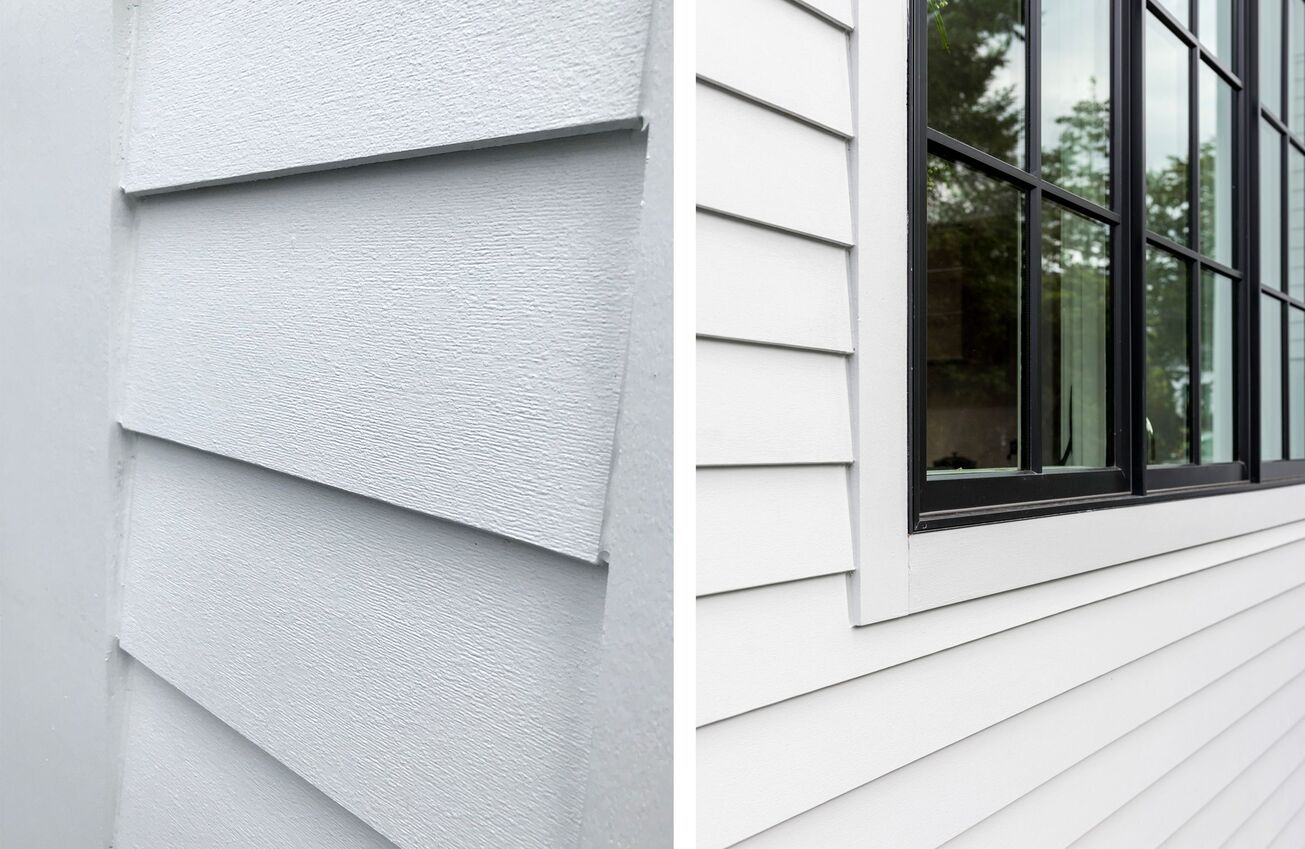
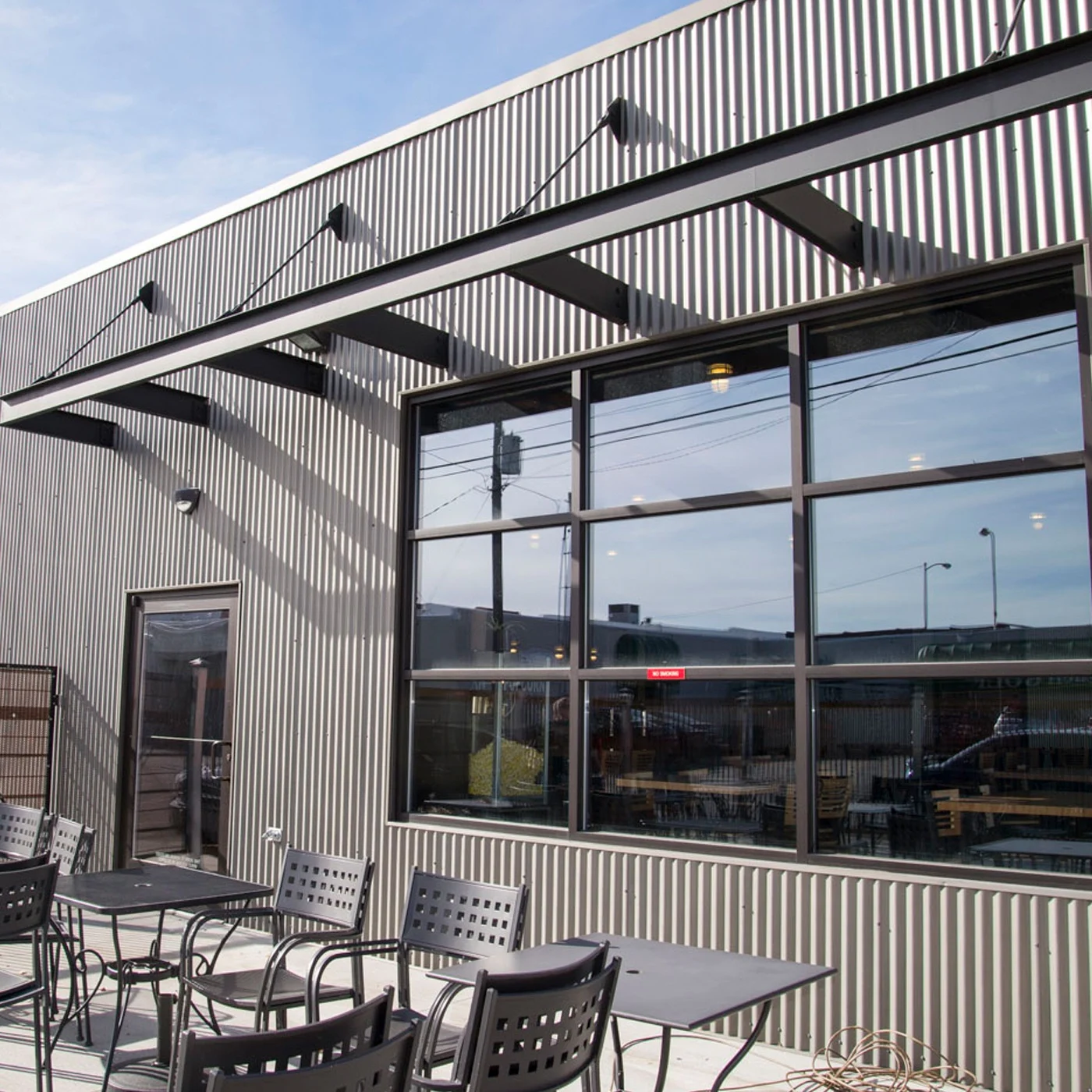
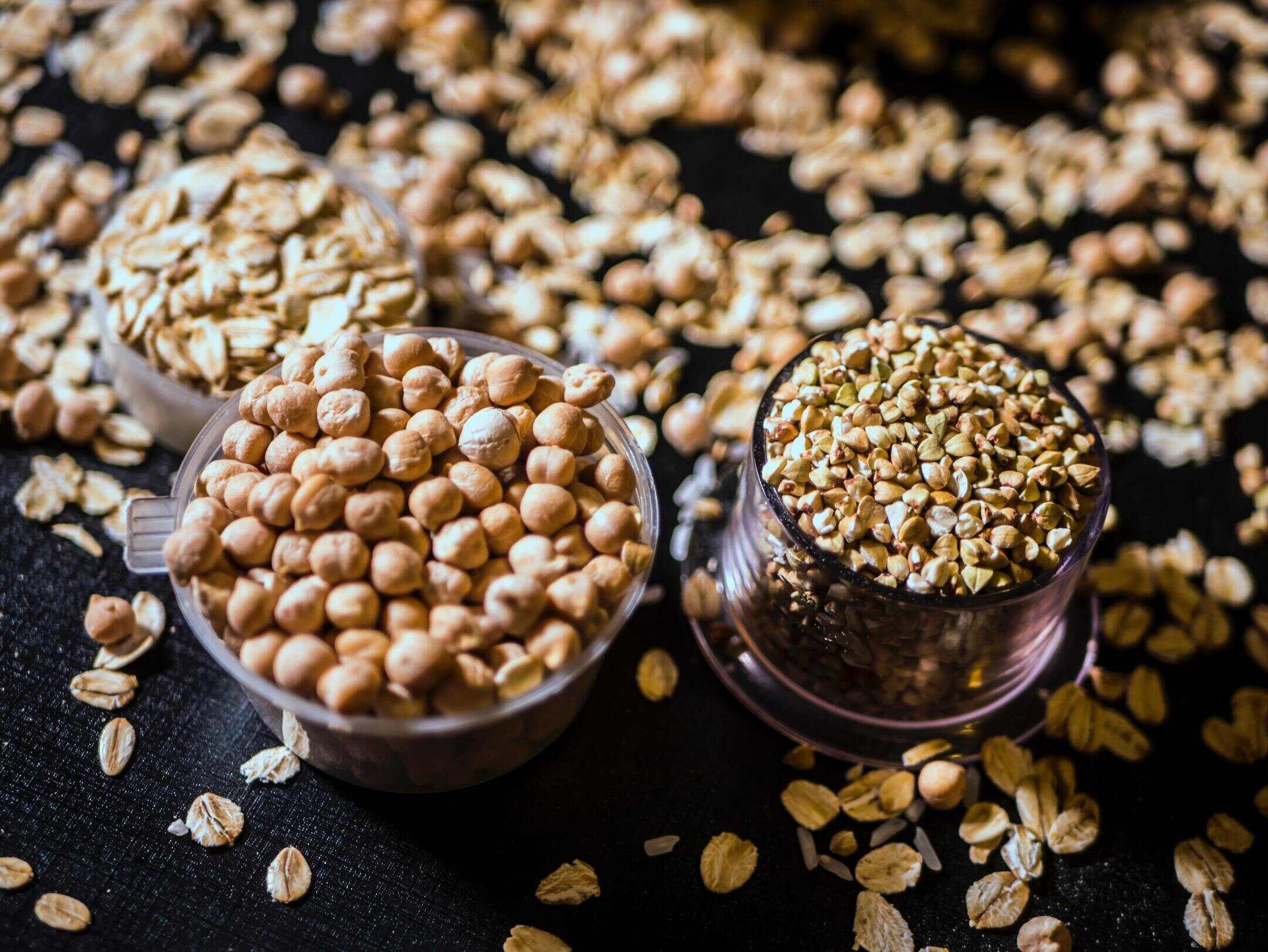
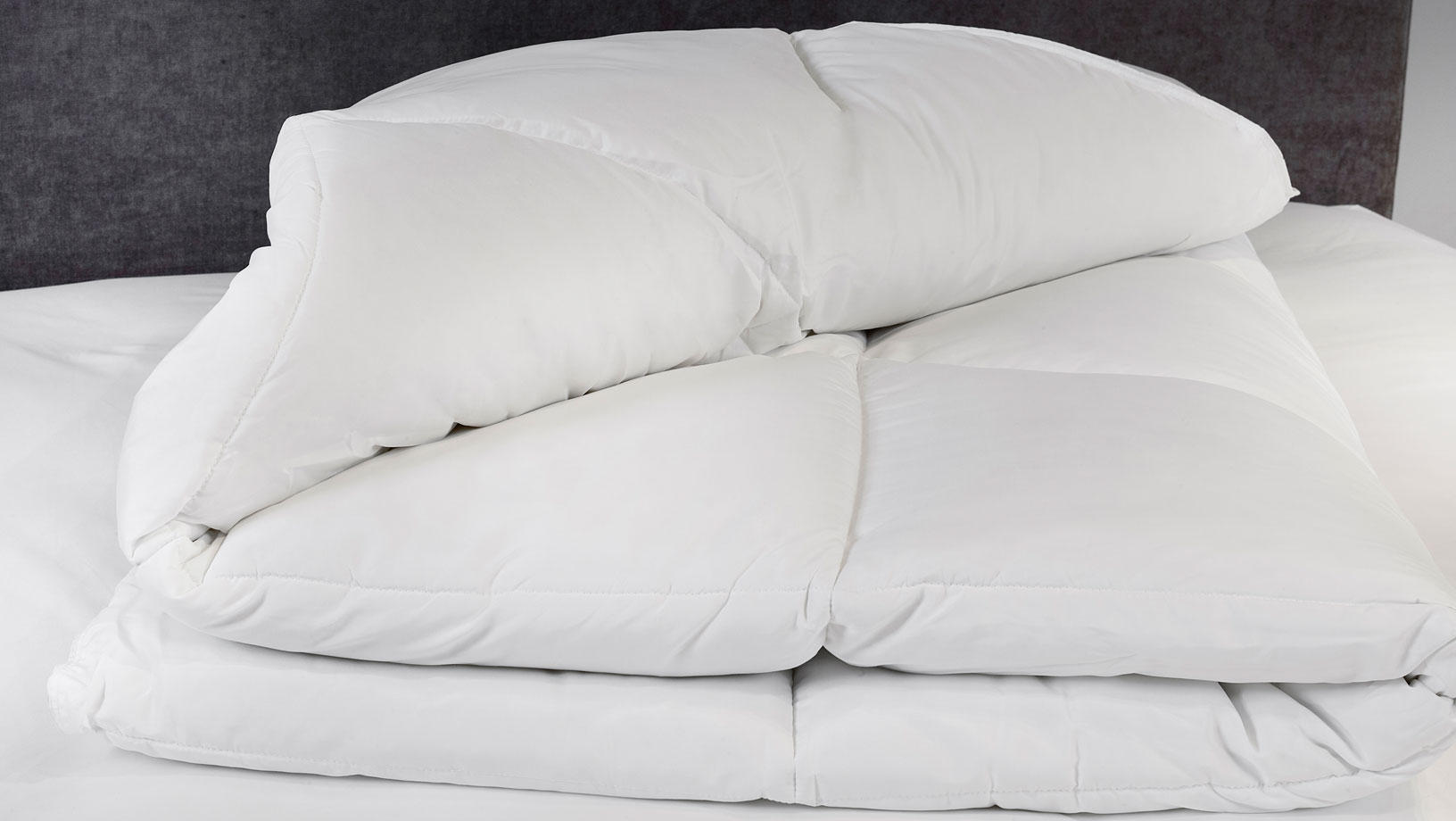
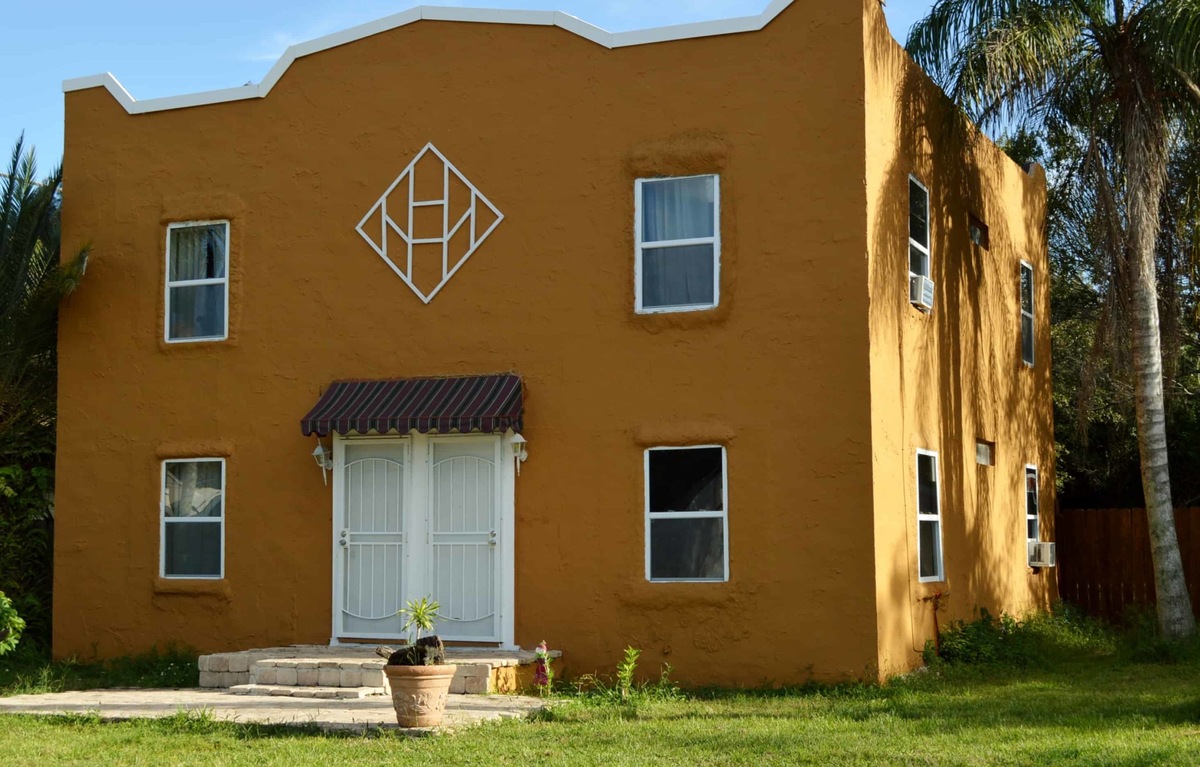
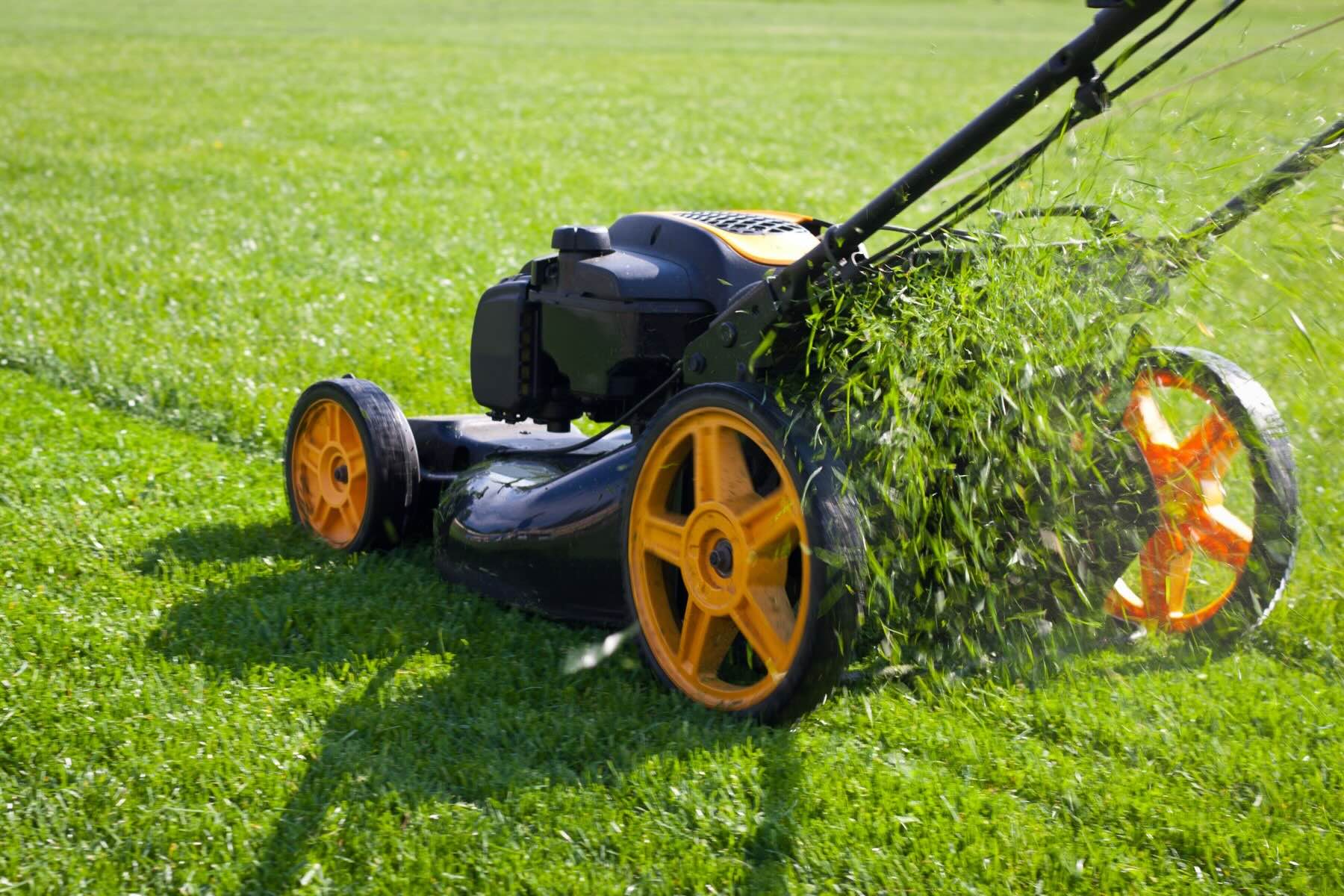
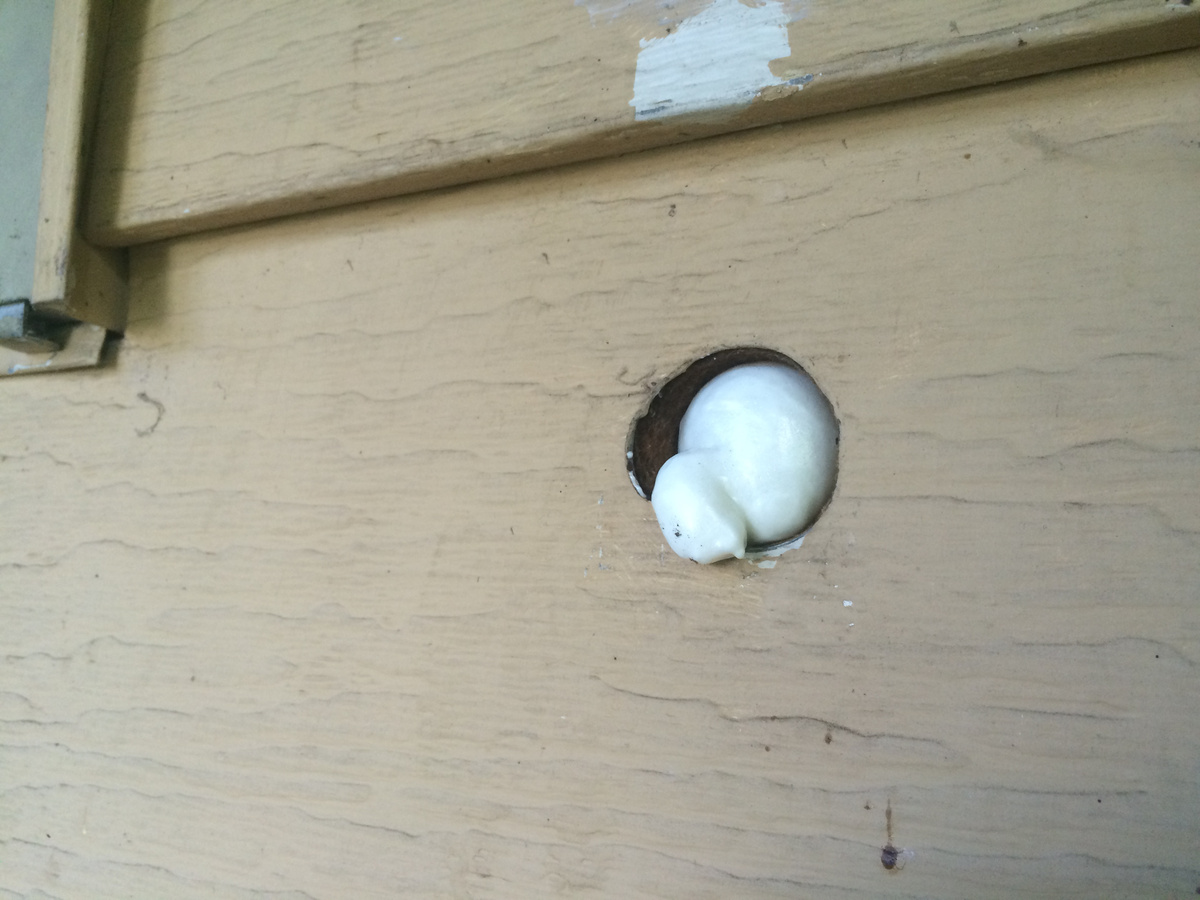

0 thoughts on “How Long Does Metal Siding Last”